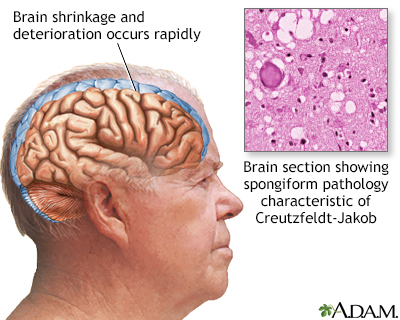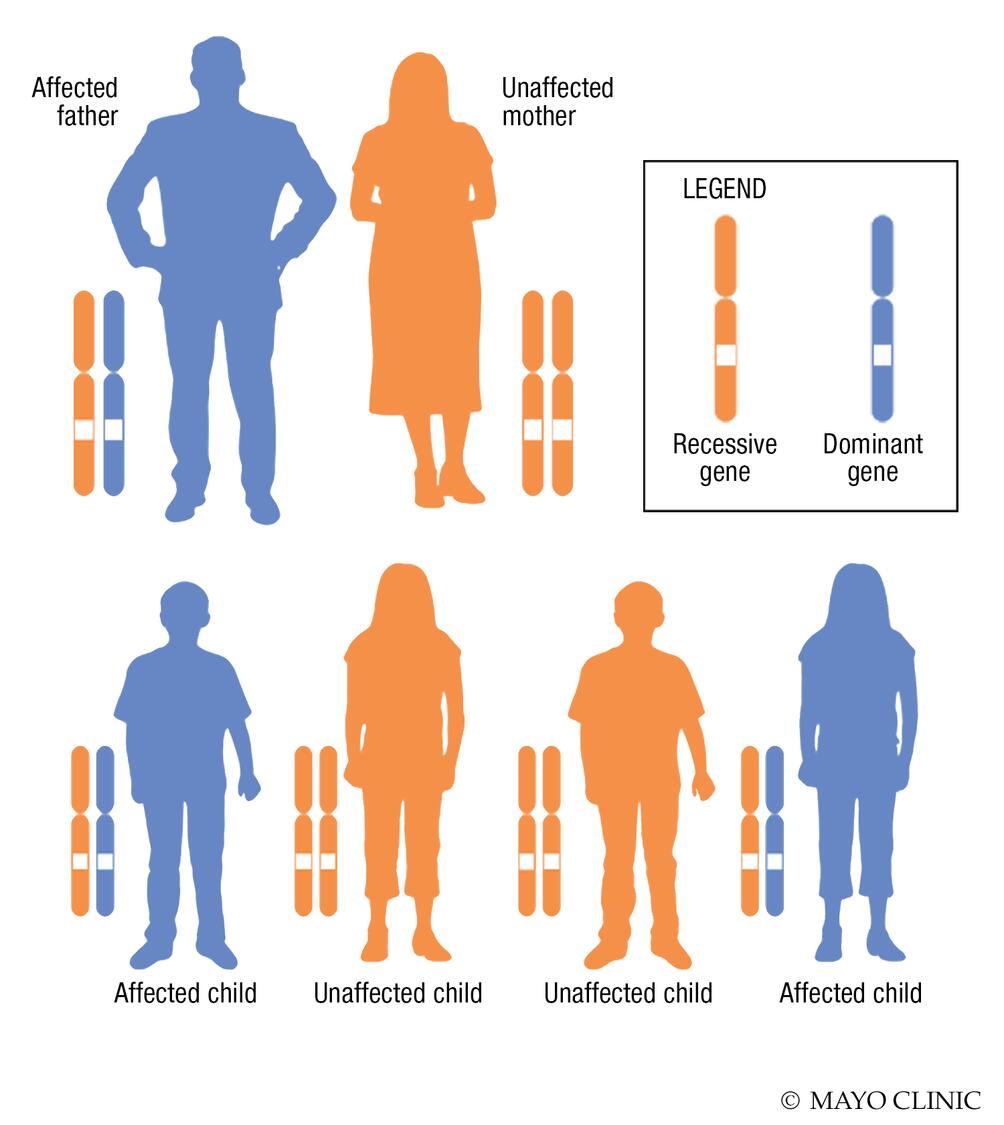Reference




OpenAI's Answer
Prion diseases, such as Creutzfeldt-Jakob disease (CJD), are transmissible through several routes:
-
Consumption of Contaminated Meat: Variant CJD (vCJD) has been linked to consumption of beef contaminated with bovine spongiform encephalopathy (BSE), commonly known as mad cow disease. This is a notable example of a prion disease transmitted from animals to humans.
-
Invasive Medical Procedures: Prions can be transmitted through medical procedures that involve exposure to infected brain tissue. This includes surgical instruments that have not been adequately sterilized.
-
Genetic Factors: Some forms of CJD are hereditary and can be passed from parent to child if the prion protein gene is mutated.
-
Blood Transfusions: There have been identified cases where prion diseases, particularly vCJD, have been transmitted through blood transfusions.
-
Contact with Contaminated Tissue: Exposure to contaminated tissues, such as those from corneal transplants or injections of human growth hormone derived from prion-infected human tissues, can also transmit prion diseases.
For more information, you can visit the resources provided, which elaborate on various transmission methods and other details about prion diseases.
Follow Up
Related
Which organizations have provided guidelines or conducted surveillance on Creutzfeldt-Jakob disease
Which forms of Creutzfeldt–Jakob disease exist and how are they different?
How did the identification of new variant Creutzfeldt–Jakob disease impact TSE research?
How were prions in classic Creutzfeldt-Jakob disease cases transmitted iatrogenically before 1976?